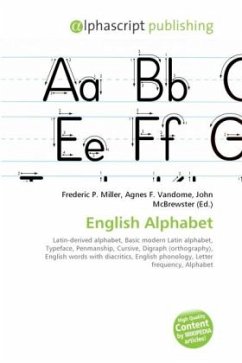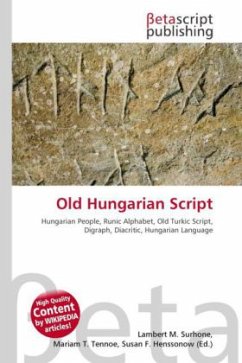High Quality Content by WIKIPEDIA articles! The English language was first written in the Anglo-Saxon futhorc runic alphabet, in use from the fifth century. This alphabet was brought to what is now England, along with the proto-form of the language itself, by Anglo-Saxon settlers. Very few examples of this form of written Old English have survived, these being mostly short inscriptions or fragments. The Latin alphabet, introduced by Christian missionaries, began to replace the Anglo-Saxon futhorc from about the seventh century, although the two continued in parallel for some time. Futhorc influenced the Latin alphabet by providing it with the letters thorn (Þ þ) and wynn ( ). The letter eth (Ð ð) was later devised as a modification of d, and finally yogh ( ) was created by Norman scribes from the insular g in Old English and Irish, and used alongside their Carolingian g. The a-e ligature æsc (ash, Æ æ) was adopted as a letter its own right, named after a futhorc rune. In very early Old English the o-e ligature ðel (ethel, ) also appeared as a distinct letter, likewise named after a rune, odal. Additionally, the v-v ligature w (double-u) was in use.
Bitte wählen Sie Ihr Anliegen aus.
Rechnungen
Retourenschein anfordern
Bestellstatus
Storno








